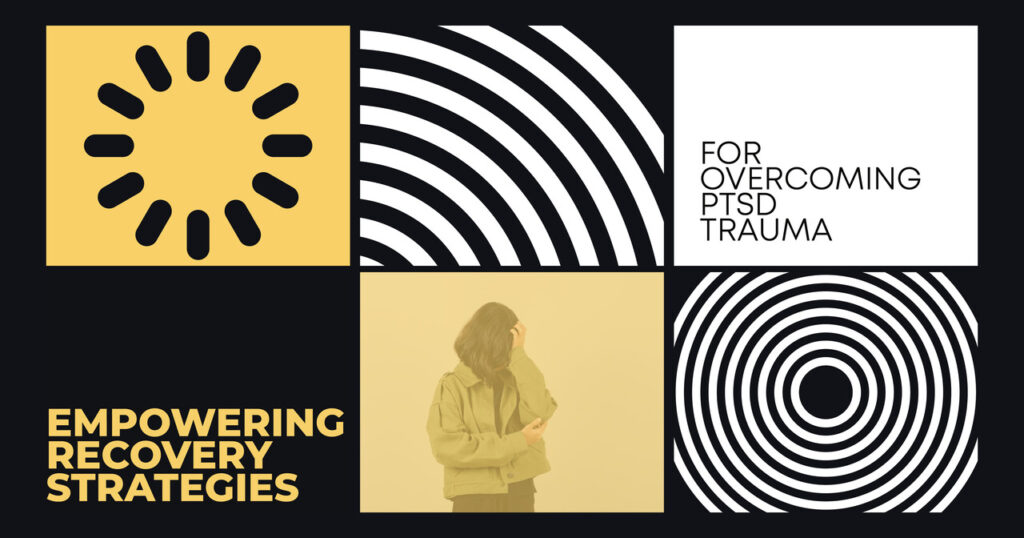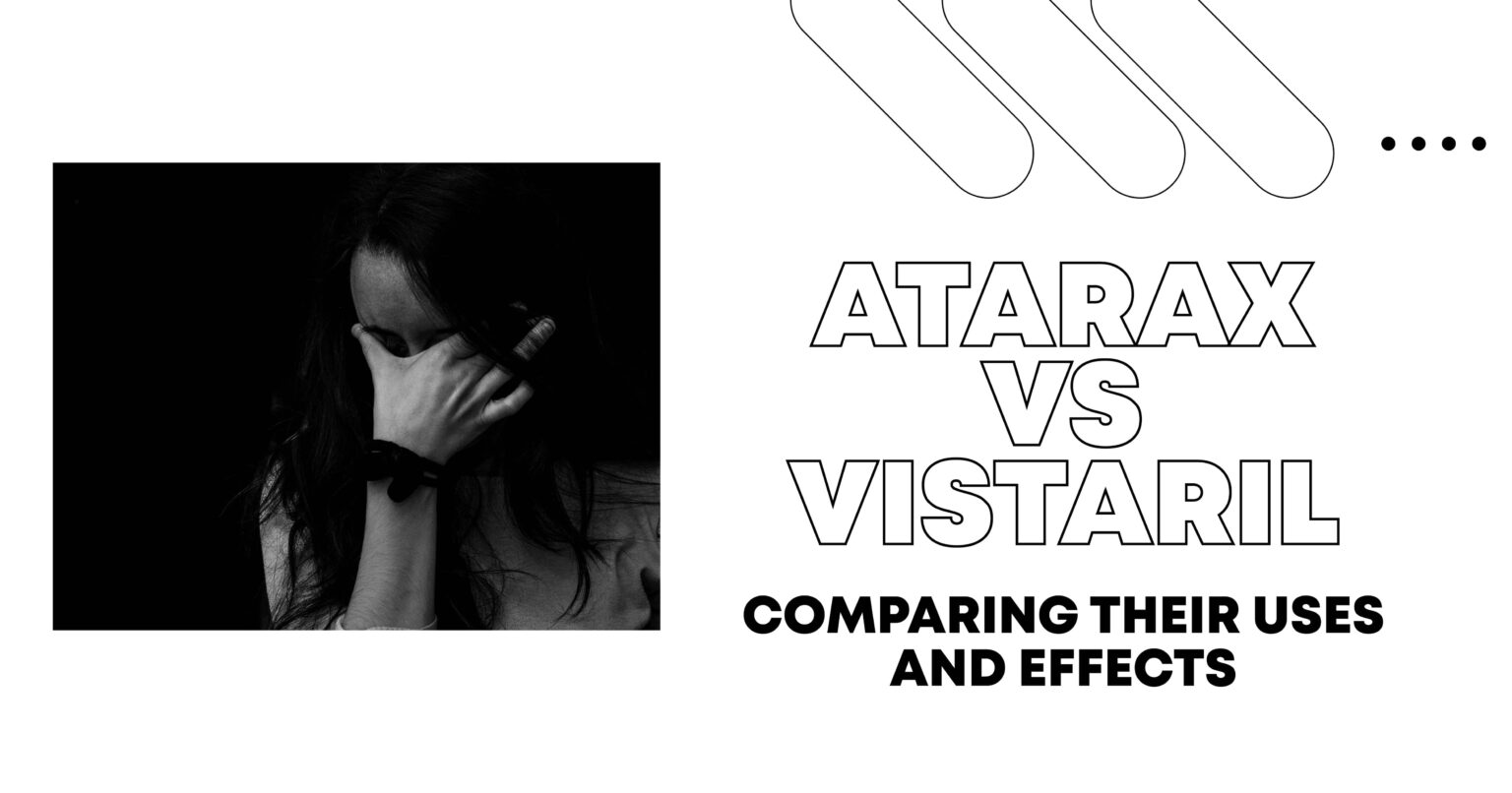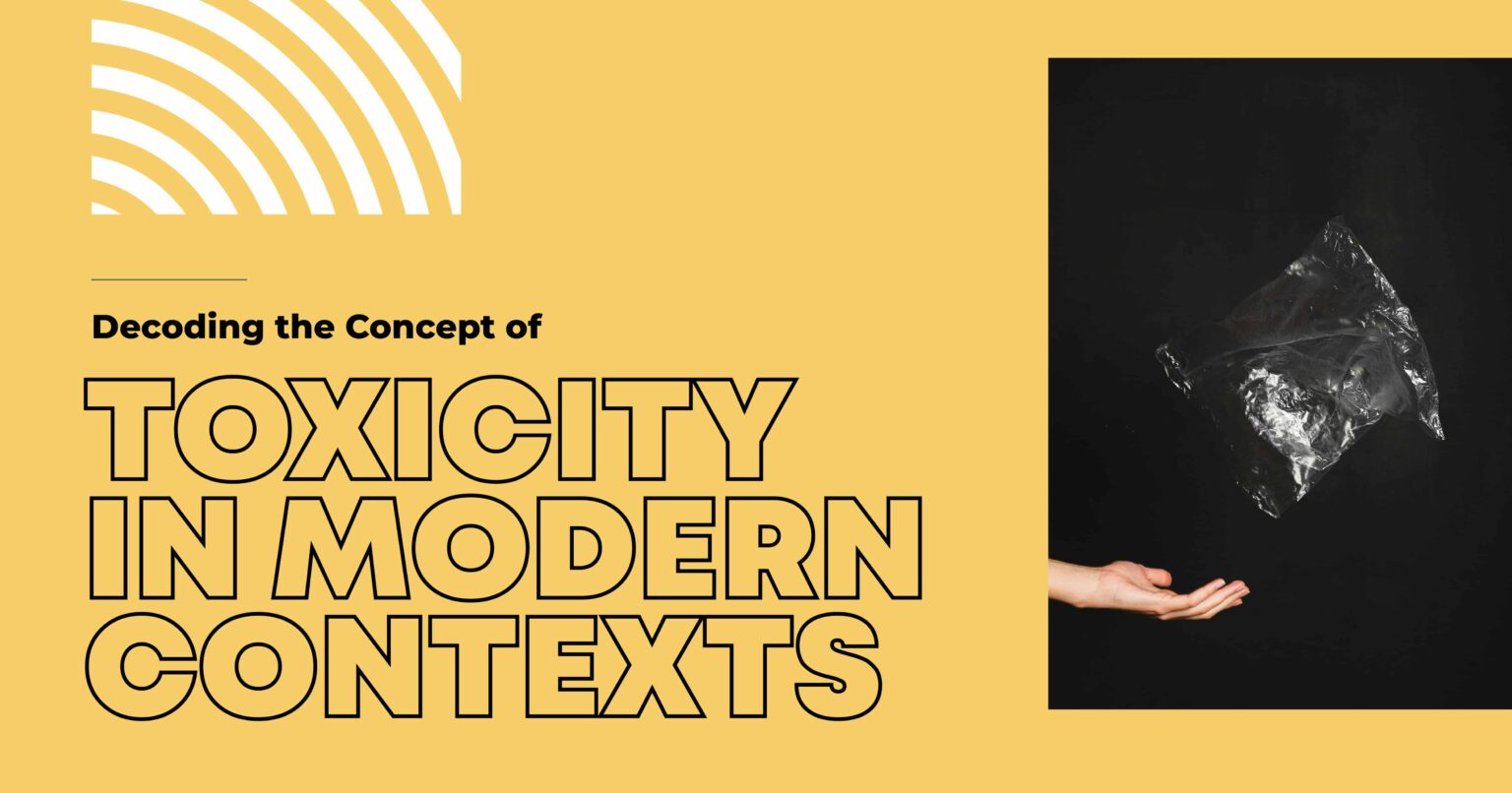Introduction
Post-traumatic stress disorder (PTSD) is a debilitating condition affecting millions worldwide. Whether triggered by military combat, physical assault, sexual abuse, natural disasters, or other traumatic events, PTSD can severely impact an individual’s psychological health and quality of life. However, with the right strategies, recovery is possible. This comprehensive guide explores effective and empowering recovery strategies for overcoming PTSD trauma, offering insights into various therapeutic techniques and practical approaches to support mental health.
Understanding PTSD
What is PTSD?
PTSD is a mental health disorder triggered by experiencing or witnessing a traumatic event. It is characterized by persistent and distressing symptoms that interfere with daily life. These symptoms can include flashbacks, nightmares, severe anxiety, and uncontrollable thoughts about the event.
Common Symptoms of PTSD
- Intrusive Memories: Unwanted, recurrent memories of the traumatic event.
- Avoidance Symptoms: Avoiding places, people, or activities that remind the individual of the trauma.
- Adverse Changes in Thinking and Mood: Negative thoughts about oneself, hopelessness, memory problems, and difficulty maintaining close relationships.
- Changes in Physical and Emotional Reactions: Being easily startled, tense or on edge, difficulty sleeping, and experiencing angry outbursts.
Shine Mental Health
The Importance of Seeking Help
Breaking the Stigma
One of the first steps in overcoming PTSD is recognizing the importance of seeking help. Many individuals avoid seeking treatment due to the stigma associated with mental health disorders. Breaking this stigma is crucial for recovery, as professional help provides the necessary support and tools for healing.
Early Intervention
Early intervention can significantly improve the prognosis for individuals with PTSD. The sooner treatment begins, the better the chances of managing symptoms and preventing long-term complications. Early intervention is vital for addressing complex PTSD and improving quality of life.
Effective Strategies for Overcoming PTSD Trauma
Cognitive-Behavioral Therapy (CBT)
CBT is a widely recognized and effective treatment for PTSD. It focuses on changing negative thought patterns and behaviors associated with the trauma.
- Cognitive Restructuring: Identifying and challenging negative thoughts related to the trauma.
- Exposure Therapy: Gradually facing and processing traumatic memories in a safe and controlled environment.
- Stress Inoculation Training: Learning coping skills to manage stress and anxiety.
Eye Movement Desensitization and Reprocessing (EMDR)
EMDR is a therapeutic approach that helps individuals process and integrate traumatic memories through guided eye movements.
- Desensitization: Reducing the emotional impact of traumatic memories.
- Reprocessing: Transforming negative beliefs associated with the trauma into positive ones.
- Integration: Incorporating the new, positive beliefs into the individual’s overall self-concept.
Medication Management
Medication can be a practical part of a comprehensive PTSD treatment plan. It is often used to manage symptoms such as anxiety, depression, and insomnia.
- Antidepressants: SSRIs and SNRIs are commonly prescribed to alleviate depressive symptoms.
- Anti-Anxiety Medications: Used to reduce anxiety and panic attacks.
- Sleep Aids: Prescribed to improve sleep quality and reduce nightmares.
Mindfulness and Meditation
Mindfulness practices and meditation can help individuals with PTSD manage stress and stay grounded in the present moment.
- Mindfulness-Based Stress Reduction (MBSR): A structured program that teaches mindfulness meditation and body awareness techniques.
- Breathing Exercises: Simple techniques like deep breathing to calm the mind and reduce anxiety.
- Guided Imagery: Visualizing calming and peaceful scenes to manage stress.
Group Therapy
Group therapy provides a supportive environment where individuals with PTSD can share their experiences and learn from others going through similar struggles.
- Support Groups: Facilitated by a therapist, these groups offer a safe space for sharing and receiving support.
- Psychoeducational Groups: Focus on teaching coping skills and providing information about PTSD and its treatment.
- Peer Support: Encouragement and understanding from others who have experienced trauma.
Physical Activity and Exercise
Regular physical activity is beneficial for mental health and can help reduce PTSD symptoms.
- Aerobic Exercise: Activities like running, swimming, and cycling can improve mood and reduce anxiety.
- Yoga: Combines physical postures, breathing exercises, and meditation to promote relaxation and mindfulness.
- Outdoor Activities: Hiking, gardening, and other outdoor activities can provide peace and connection with nature.
Building a Support System
Importance of Social Support
A robust support system is crucial for recovery from PTSD. Friends, family, and support groups can provide emotional support, encouragement, and practical assistance. Social support plays a vital role in the recovery journey and enhances the sense of control over symptoms.
Communicating with Loved Ones
Open and honest communication with loved ones can help them understand what you are going through and how they can support your recovery.
- Sharing Your Experiences: Letting loved ones know about your struggles and progress.
- Setting Boundaries: Communicating your needs and limits to prevent feeling overwhelmed.
- Seeking Support: Asking for help when needed and accepting support from others.
Shine Mental Health
Lifestyle Changes to Support Recovery
Healthy Eating
A balanced diet can positively impact mental health and support overall well-being.
- Nutrient-Rich Foods: Incorporating fruits, vegetables, whole grains, and lean proteins.
- Avoiding Alcohol and Drugs: Reducing or eliminating substances that can exacerbate PTSD symptoms.
- Staying Hydrated: Drinking plenty of water to maintain physical health and mental well-being.
Sleep Hygiene
Improving sleep quality is essential for managing PTSD symptoms.
- Regular Sleep Schedule: Going to bed and waking up simultaneously each day.
- Relaxing Bedtime Routine: Incorporating calming activities like reading or a warm bath before bed.
- Creating a Comfortable Sleep Environment: Ensuring the bedroom is dark, quiet, and relaxed.
Stress Management Techniques
Learning to manage stress effectively can help reduce PTSD symptoms and improve overall well-being.
- Time Management: Prioritizing tasks and setting realistic goals.
- Relaxation Techniques: Practicing deep breathing, progressive muscle relaxation, or guided imagery.
- Hobbies and Interests: Engaging in activities that bring joy and relaxation.
How to Get Started with PTSD Treatment
Finding a Qualified Therapist
Look for licensed therapists specializing in PTSD and trauma recovery. Recommendations from healthcare providers or mental health organizations can be helpful. The National Helpline and SAMHSA’s National Helpline are resources for finding qualified professionals.
Initial Assessment
The therapist will conduct an initial assessment to understand your needs and develop a tailored treatment plan. This initial assessment is crucial for identifying specific needs and planning effective mental health treatment.
Setting Goals
Work with your therapist to set realistic and achievable goals for your recovery. Clear goals enhance the effectiveness of treatment options and the recovery process.
FAQs
Q: How long does PTSD treatment usually last?
A: The duration depends on the severity of symptoms and the individual’s response to treatment. Some may see improvement in a few months, while others may require longer-term support. Chronic PTSD and complex PTSD may need extended treatment plans.
Q: Is medication necessary for PTSD recovery?
A: Medication can help manage symptoms but is not always necessary. Treatment care plans are tailored to each individual’s needs and may include therapy, medication, or a combination. Selective serotonin reuptake inhibitors (SSRIs) and anti-anxiety medications are common options.
Q: Can PTSD be fully cured?
A: While PTSD can be managed effectively, some individuals may continue to experience symptoms. Treatment aims to reduce symptoms and improve quality of life. The efficacy of treatment varies, and ongoing support can be beneficial.
Shine Mental Health
Conclusion
Overcoming PTSD trauma requires a comprehensive and individualized approach. By utilizing effective recovery strategies such as CBT, EMDR, medication management, mindfulness practices, and group therapy, people can take control of their mental health and work towards a fulfilling life. Building a solid support system, making lifestyle changes, and seeking professional help are essential steps in the recovery journey. If you or a loved one is struggling with PTSD, reach out to a qualified professional to begin the path to healing.
Empower Your Recovery Today
If you or someone you know is dealing with PTSD, don’t hesitate to seek professional guidance. The proper support and a tailored approach can make all the difference in your recovery journey.







